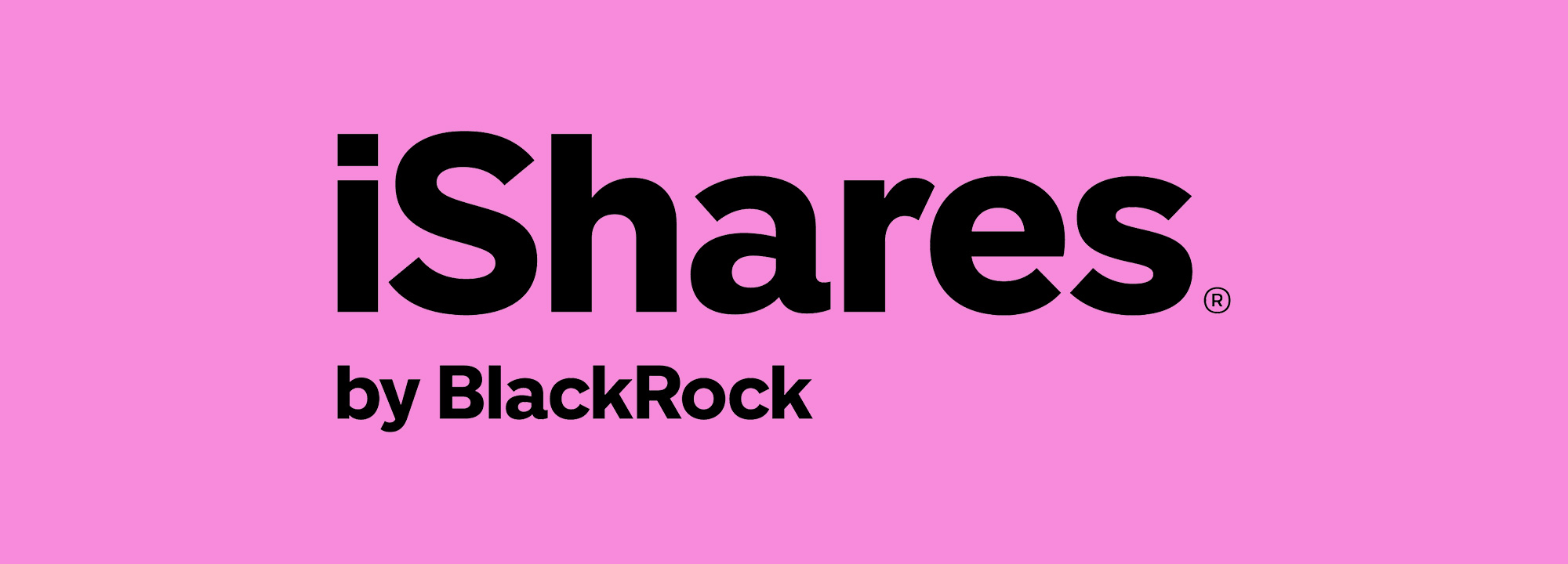How to Prepare Amid White House Layoff Threats and the Great Resignation

The American labor market is facing a period of unprecedented volatility. White House officials have issued layoff warnings, and the ongoing ripple effects of the Great Resignation—widely considered the largest workforce shift in U.S. history—highlight a stark reality for many workers: paycheck uncertainty is real, and no sector is immune.
Understanding how to prepare financially and professionally has become critical for employees across industries.
The Context: Layoff Threats and Mass Resignations
In recent months, federal agencies have signaled the possibility of workforce reductions in response to budget constraints, operational restructuring, and evolving priorities. Meanwhile, millions of Americans continue to leave their jobs voluntarily, driven by a desire for better work-life balance, higher wages, or opportunities in emerging sectors.
This convergence of involuntary layoffs and voluntary exits has created a climate of uncertainty that impacts not only affected workers but also those who remain in their roles. Even employees in traditionally stable sectors are reassessing their financial resilience and career plans.
Why Paycheck Uncertainty Matters
Financial experts warn that paycheck instability can have cascading effects:
- Debt Obligations – Mortgages, student loans, and credit cards can quickly become unmanageable without a steady income.
- Retirement Planning – Job disruption can delay contributions to 401(k)s or IRAs, affecting long-term wealth accumulation.
- Mental Health – Uncertainty about income can increase stress, anxiety, and reduce productivity.
- Consumer Spending – Workers uncertain about their income tend to cut discretionary spending, which can impact broader economic growth.
Strategies to Protect Yourself
Even if you are not immediately affected, preparing for potential disruptions can provide financial security and peace of mind. Experts recommend a multi-pronged approach:
1. Build an Emergency Fund
Aim to save three to six months of living expenses in a liquid account. This safety net can provide breathing room if a layoff occurs, covering essentials like rent, utilities, groceries, and insurance premiums.
2. Diversify Income Streams
Consider freelance work, consulting, or part-time gigs to supplement your primary income. Diversifying your earnings reduces reliance on a single paycheck.
3. Reduce Debt Burden
Prioritize paying down high-interest debt. Lower debt reduces financial vulnerability if income is interrupted.
4. Update Your Resume and Skills
Maintain an up-to-date resume and LinkedIn profile. Upskilling in areas like technology, data analytics, or project management can increase your employability and open doors to new opportunities.
5. Review Benefits and Insurance
Understand your health, disability, and unemployment coverage. Some employees may be eligible for COBRA or other continuation programs during layoffs.
6. Network Strategically
Professional connections can be invaluable in finding new opportunities quickly. Attend industry events, participate in online communities, and maintain relationships with mentors and colleagues.
The Role of Employers
While employees prepare, companies also bear responsibility for mitigating disruption. Transparent communication, offering severance packages, and providing career-transition support can help reduce the negative impact of layoffs and maintain morale among remaining staff.
Lessons From the Great Resignation
The Great Resignation has taught several key lessons:
- Workers Value Flexibility – Remote work, flexible schedules, and better work-life balance are now essential considerations.
- Skill Development Pays Off – Employees who invest in continuous learning are more resilient in turbulent labor markets.
- Proactive Career Planning is Critical – Waiting until a layoff occurs is often too late; planning ahead creates leverage and security.
Looking Ahead
Economists warn that paycheck uncertainty may persist as businesses adjust to economic fluctuations, technological disruption, and shifting labor expectations. For employees, the key is preparation, diversification, and adaptability.
By building financial resilience, enhancing skills, and maintaining professional networks, workers can navigate periods of uncertainty more confidently—even amid the largest workforce shifts in American history.
Conclusion
White House layoff threats and the ongoing waves of voluntary resignations underscore the reality that no worker is completely insulated from economic turbulence. Preparing now—through savings, skill-building, and strategic career planning—can help ensure that if disruption comes, it doesn’t derail your financial stability or professional trajectory.
















